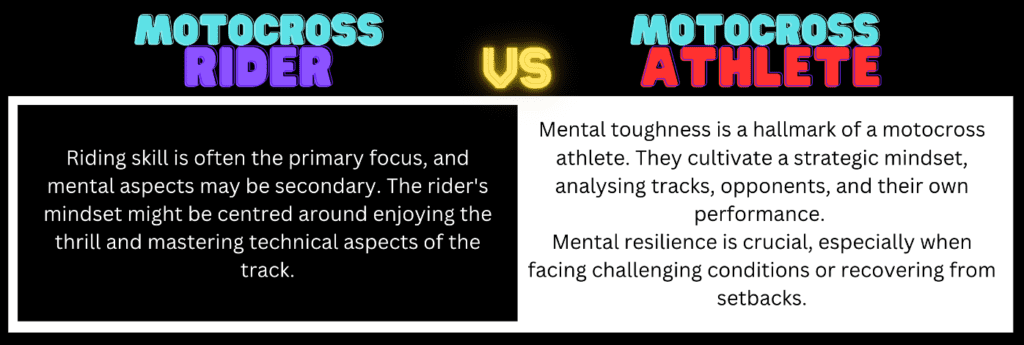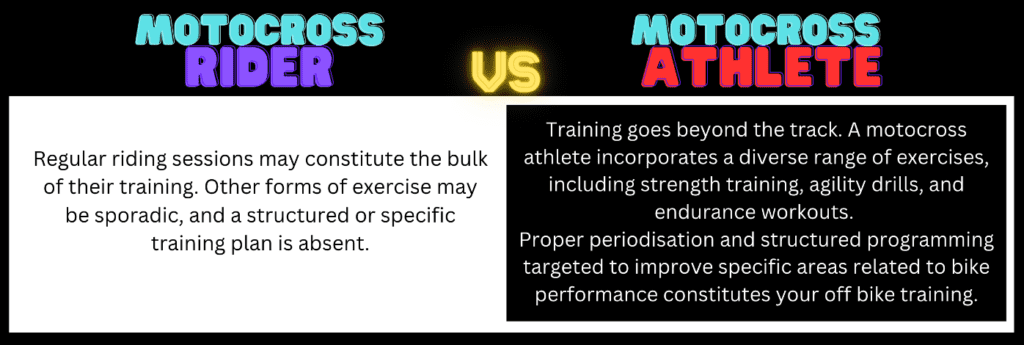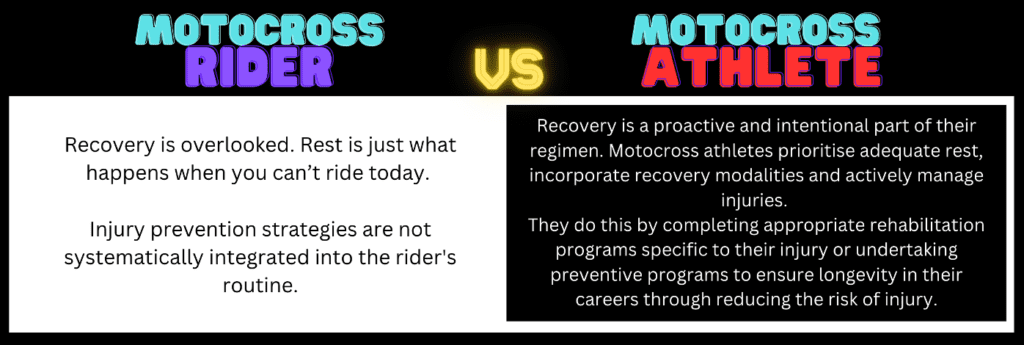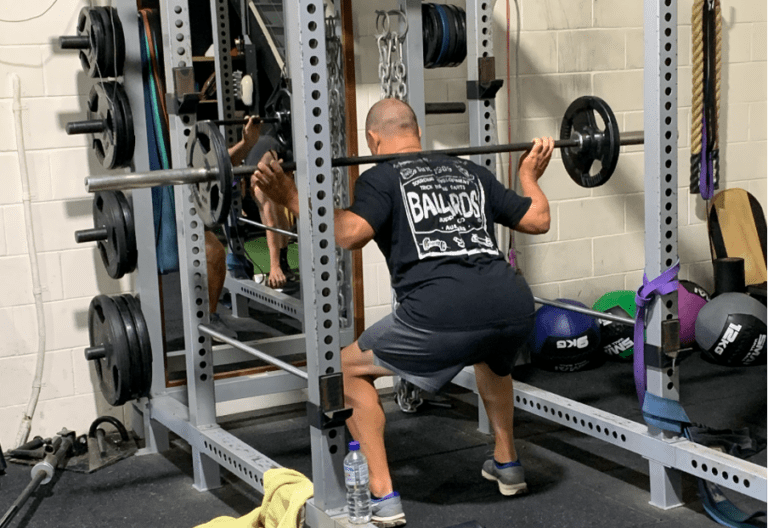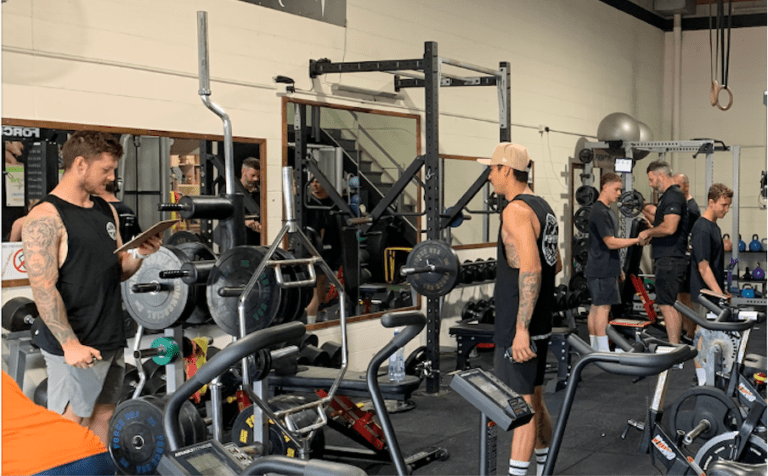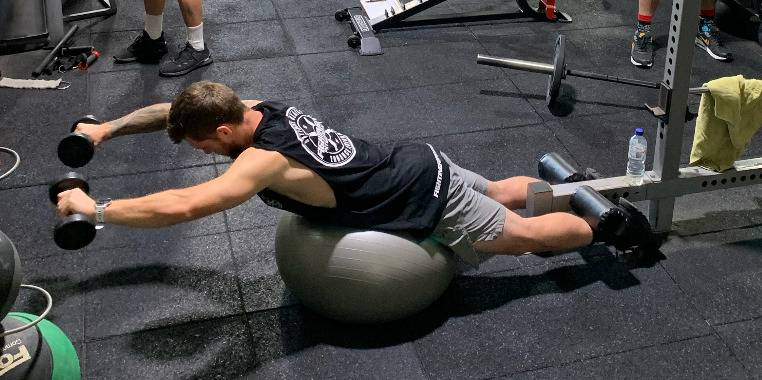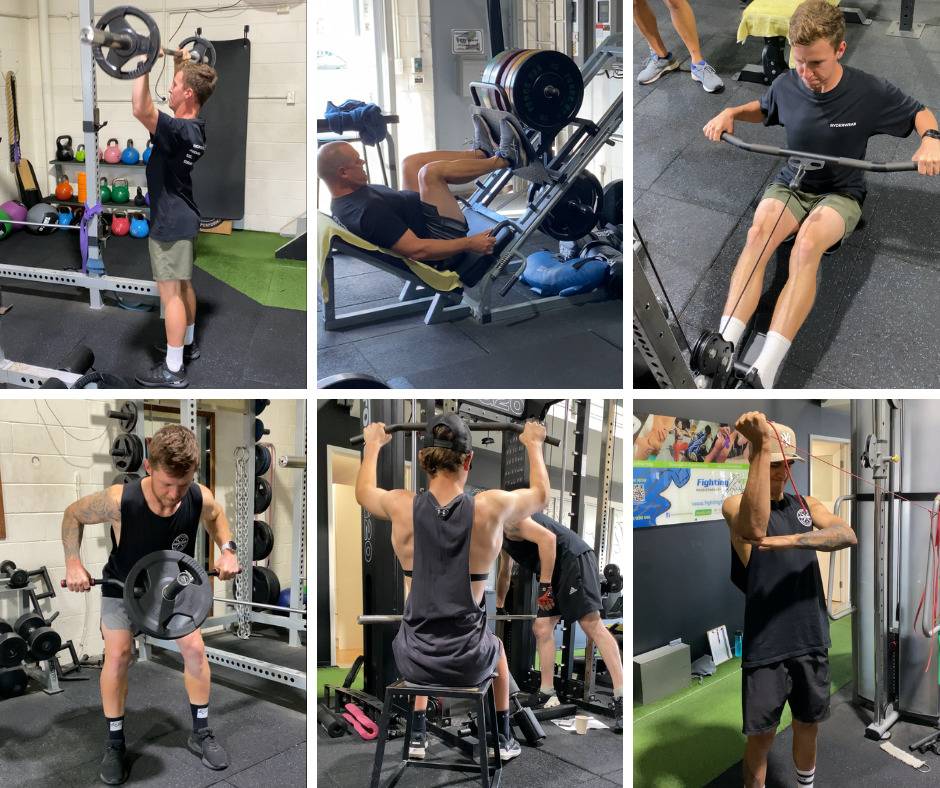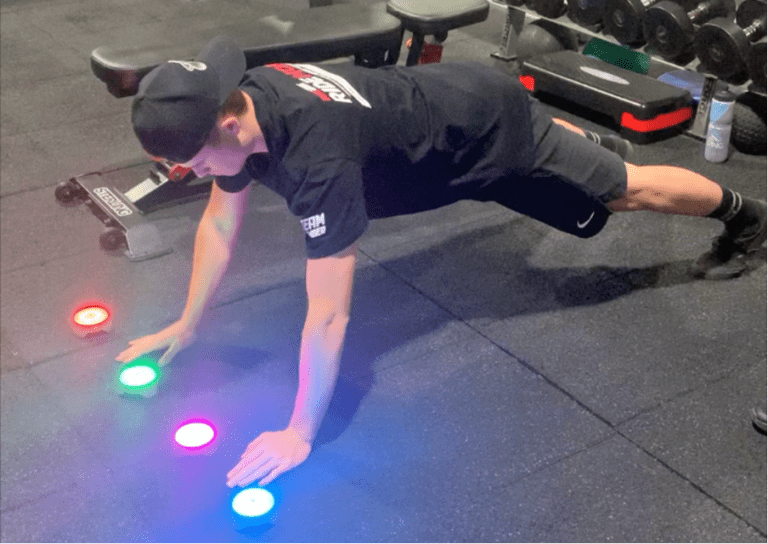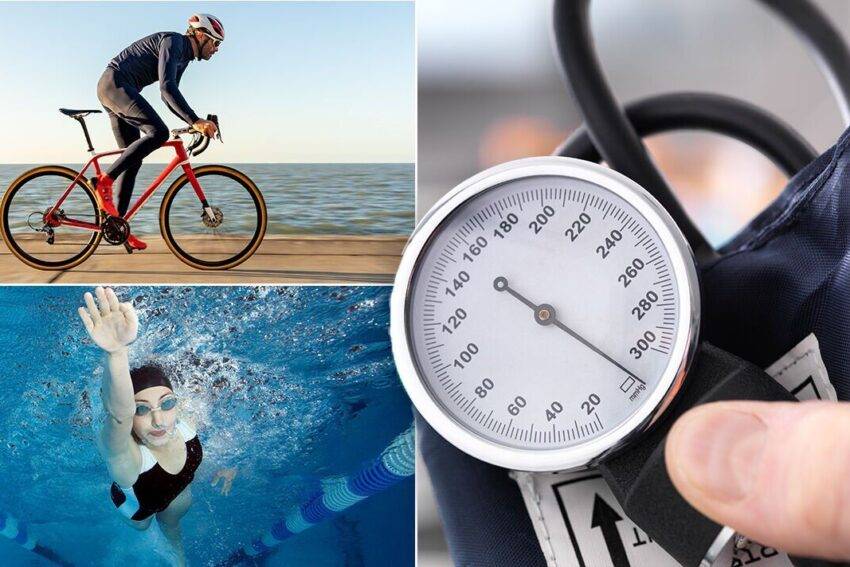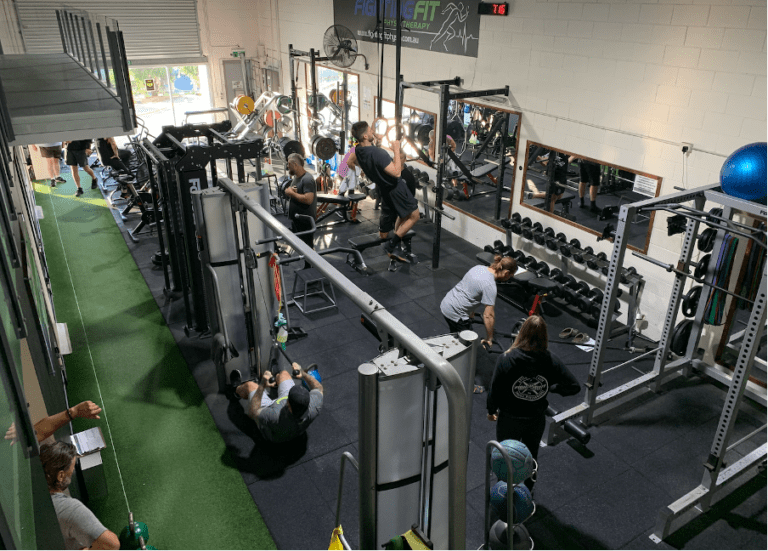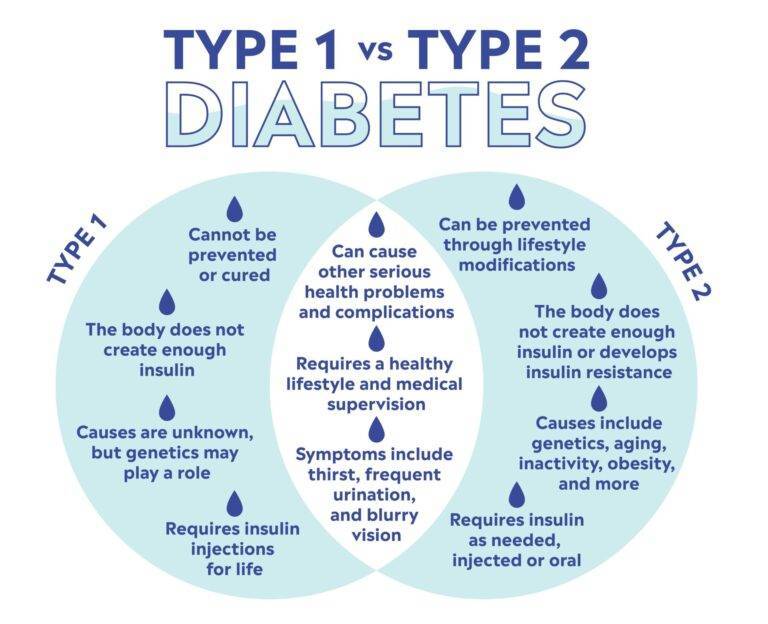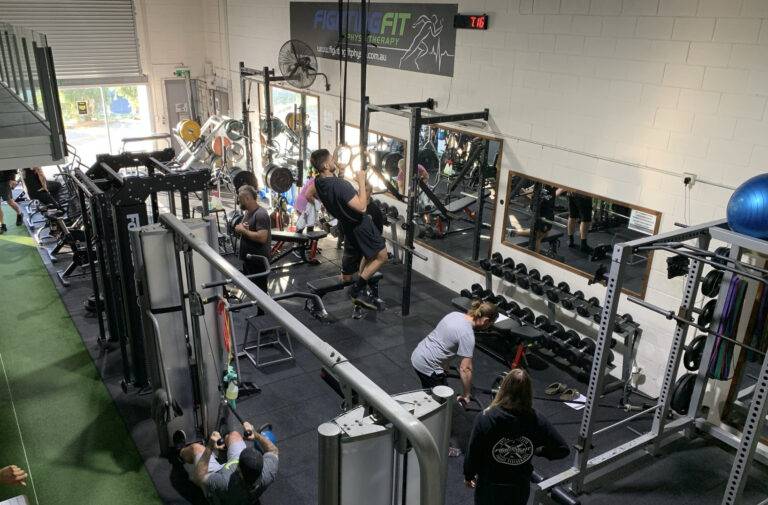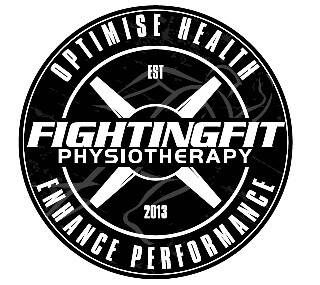Strength and Conditioning Training, often mentioned in the world of fitness and sport, is a discipline designed to improve performance.
Whether you’re an elite athlete or someone seeking to enhance your performance in recreational pursuits, understanding this training can offer unique insights into achieving your goals.
In this blog, we will delve into what Strength and Conditioning Training entails, its benefits, and how it can help you reach your peak physical potential. Let’s demystify this vital aspect of physical development and fitness.
Overview of Strength & Conditioning Training
Strength and conditioning or S&C training is a bit of a buzz word at the moment. Many purport to “do strength & conditioning” or “S&C” .
We need to understand the differences.
Strength & Conditioning ‘Coaching’ – is done under a certified strength & conditioning coach. They have done additional training in exercise science and related courses to improve performance in sport.
A Strength and Conditioning Coach uses a mixture of scientific principles and the art of programming for preparing an athlete to perform at their peak. It is a deep understanding of the principles behind developing an athlete and enhancing performance in sport.
Now let’s talk Strength and Conditioning Training.
Many of the principles of strength and conditioning coaching can be used for the training of everyday person. Here is why the term strength and conditioning training has got it’s popularity.
This type of training involves a range of exercises that focus on developing physical ability like strength, power, agility, and speed.
If your are simply looking to improve your overall health and fitness, incorporating strength and conditioning training into your routine can help you achieve your physical goals.
With consistency and dedication, strength and conditioning training can help you reach new heights in your fitness journey.
Types of exercises used in Strength & Conditioning Training
When most people think of strength and conditioning training, they imagine buff athletes lifting weights and performing complicated workouts. While weightlifting is an essential component of this type of training, several different types of exercises are used. The most common ones include:
- Weightlifting: This includes exercises like deadlifts, squats, and bench presses. These exercises are excellent for building muscle mass and improving overall strength.
- Plyometrics: Exercises such as box jumps and burpees fall under this category. They help improve power, speed, and agility.
- Circuit Training: This involves a series of exercises performed one after the other with minimal rest in between. It’s great for endurance and cardiovascular health.
- High-Intensity Interval Training (HIIT): This type of training involves short, intense bursts of exercise followed by brief recovery periods. HIIT is renowned for its ability to burn fat and improve aerobic capacity.
- Cardiovascular Exercises: Activities such as running, swimming, or cycling are key for improving heart health and endurance.
- Flexibility and Mobility Exercises: These could include stretches and yoga poses designed to enhance joint mobility and flexibility, aiding recovery and helping prevent injury.
- Functional Training: This involves exercises that mimic everyday activities to enhance balance, coordination, and strength. Examples include lunges, step-ups, and kettlebell swings.
By using a variety of exercises, trainers can help improve their clients’ strength, power, and overall fitness.
Benefits of Strength & Conditioning Training
Strength and conditioning training provides multiple benefits to those who practice it.
Here are some of the main advantages of this form of exercise:
- Improved muscle mass, strength, and power: Strength and conditioning training helps build muscle mass, improve muscle strength, and increase muscular power. It will help you perform better in any physical activity you undertake.
- Improved agility and speed: Plyometric exercises, HIIT training, and other dynamic workouts can help boost your agility and speed. It will come in handy if you’re looking to move faster.
- Reduced risk of injury: Strength training helps build strong muscles that are better able to support the body during physical activity, reducing the chances of getting injured. Conditioning improves physical capacity to do more. Perfect for people looking to build resilience and reduce day-to-day injuries or pain.
- Improved overall fitness: Strength and conditioning training, when done regularly, can help improve your general health and well-being. It can also aid in stress relief, increasing energy levels, and boosting metabolism.
Whether you’re a professional athlete or someone trying to stay fit and healthy, incorporating strength and conditioning training into your workout routine can provide numerous benefits. By understanding this type of training and staying consistent with your workouts, you can reach new heights in physical development and fitness.
How to incorporate Strength & Conditioning into your exercise routine
Incorporating strength and conditioning into your workout routine is not as daunting as it might seem. By following these simple steps, you can seamlessly integrate this training style into your regimen:
- Set Clear Goals: Before starting any new training regimen, it’s important to have clear fitness goals in mind. Do you want to build muscle, increase endurance, improve mobility, or a combination of these? Your goals will guide the type of exercises you incorporate into your workouts.
- Seek Professional Guidance: Consult a certified coach. They can guide you through the appropriate exercises and ensure that you’re performing them correctly to avoid injury.
- Start Slowly: Don’t rush into intense workouts from the get-go. Gradually increase the intensity of your workouts as your strength and endurance improve.
- Diversify Your Workouts: Include a variety of exercises in your routine, from weightlifting to plyometrics, to target different muscle groups and prevent boredom.
- Prioritize Recovery: Rest and recovery are paramount in any fitness regime. This includes getting adequate sleep, eating a balanced diet, and incorporating flexibility and mobility exercises into your routine.
- Be Consistent: Consistency is key to seeing results. Make a schedule and stick to it, even on days when you might not feel like working out.
Remember, every fitness journey is different and what works for one person may not work for another. Stay patient, focus on your progress, and you’ll soon start to see the benefits of your efforts.
Common mistakes when doing Strength & Conditioning Training
Strength and conditioning training is a fantastic way to improve your overall fitness and achieve your fitness goals. However, it’s important to know the common mistakes that people make when doing this type of training.
One of the biggest mistakes is not warming up properly before starting your workout. Another common mistake is lifting too much weight or doing too many repetitions when your body is not conditioned to them. This can result in injury or muscle strain.
Additionally, not giving your body enough rest and recovery time can hinder your progress and even lead to over reaching and overtraining.
By avoiding these mistakes and taking a measured approach to your training, you can maximise your results and stay injury-free.
About Us
If you are looking for a certified and reliable strength and conditioning physiotherapy clinic in Nerang, you don’t need to look further than Fighting Fit Physiotherapy. We are a team of professional practitioners specialising in physiotherapy, exercise physiology, DVA physiotherapy, and strength and conditioning.
We have both strength & conditioning coaching for athletes and use the priciples of strength and conditioning training to improve our patients physical preparation for everyday life and return them to their peak following injury!
We take pride in providing our patients with the best care to help them achieve their fitness goals.
You can reach us at 0402 938 661 or fill out our contact form to know more about what we do.
Book an appointment today to start your recovery and fitness journey with us.
Fighting Fit Physiotherapy provides the ultimate physiotherapy experience! No matter what type of injury or condition you suffer, we strive for all our patients to be ‘fighting fit’ and achieve peak performance in their sport and everyday life.




